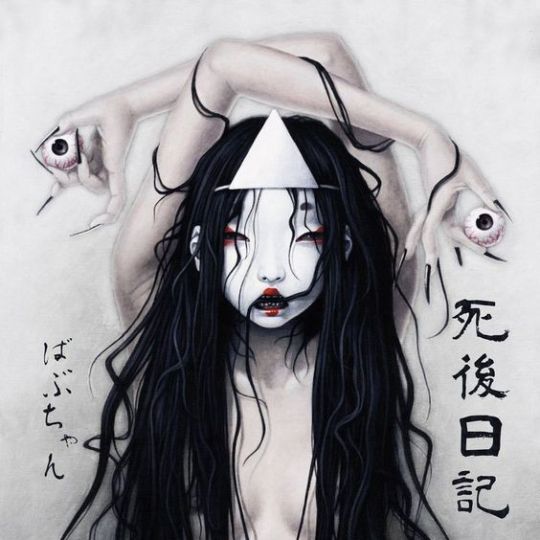#yōkai
Text

Joanna Karpowicz — The Fox's Wedding (Anubis Meets Yōkai) [acrylic on canvas, 2022]
10K notes
·
View notes
Text
Mommy? Sorry, mommy? Sorry, mommy? Sorry, mommy?

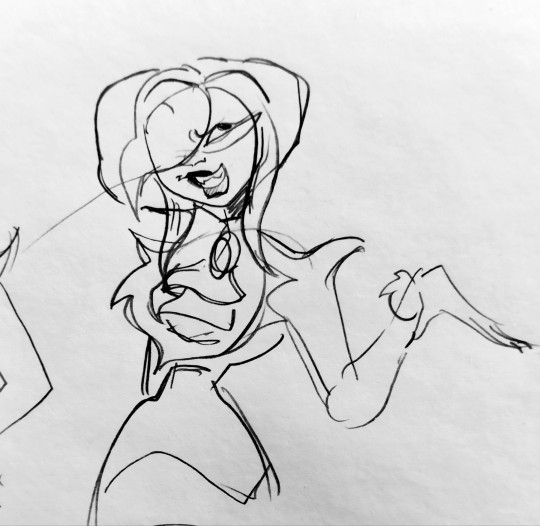
#my art#rottmnt#traditional drawing#rise of the tmnt#nail art#sketch#big mama#rottmnt spider#battle nexus#hotel nexus#buisness woman#mommy#mommy? sorry. mommy? sorry. mommy?#yōkai#spider
279 notes
·
View notes
Text

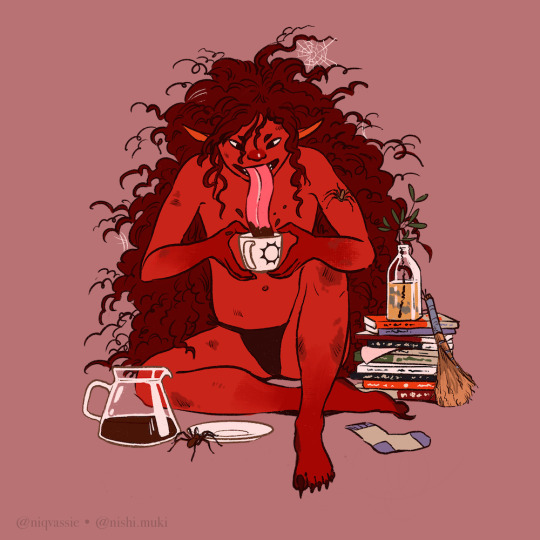

Some Japanese yōkai coffee labels done for Nishimuki!
This brief was so fun! Kappa are found in rivers and akaname thrive in dirty, cluttered areas of houses licking grime off things. So best to keep our rivers clean and our homes a little less clean to give these beings space to live!
Can confirm the coffee is delicious too <3
#digital art#artists on tumblr#yokai#yōkai#kappa#akaname#spirits#creatures#monsters#label design#food labels#coffee labels#coffee#コーヒー#河童#妖怪#あかなめ#drawing#illustration#illustrator
243 notes
·
View notes
Text
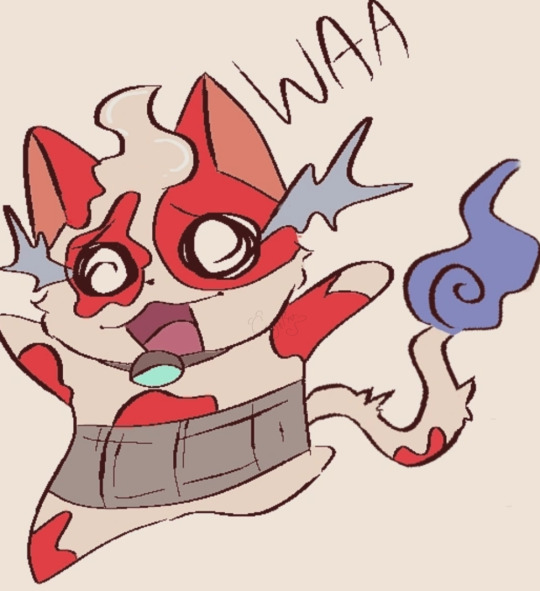
I'm on a roll!! But more Yōkai Wotchi!
#yo kai watch#yo kai watch 2#yokai watch 2#yokai watch fanart#yokai watch anime#Yokai watch movie#yokai watch#yōkai#Yōkai Wotchi#怪ウォッチ#Fanart#digital art#Art#I'm in a silly mood.#SUN AND MOON WILL BE COMING BACK AFTER THIS EIDIDB I JUST REWATCHED THE MOVIE#CoughRat Art#sundrop and moondrop
65 notes
·
View notes
Photo
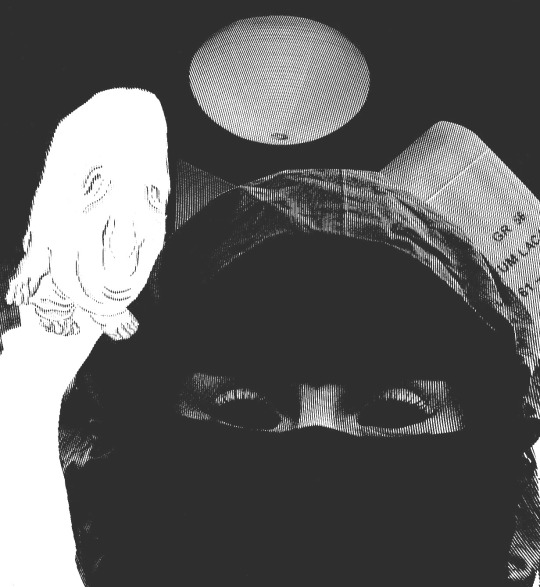
(҂◡_◡) ᕤ
152 notes
·
View notes
Text
For #FrockFriday, this was definitely one of the highlights of the #KimonoStyle exhibition at The Met:

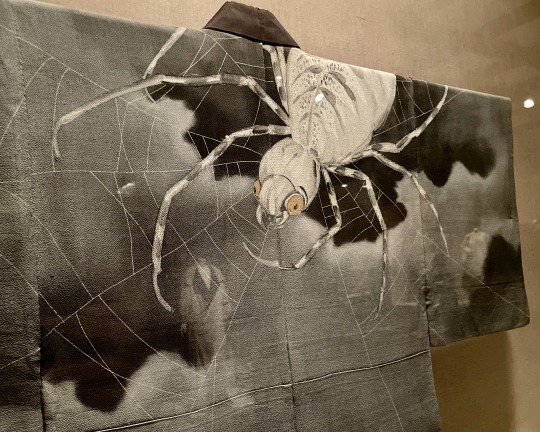
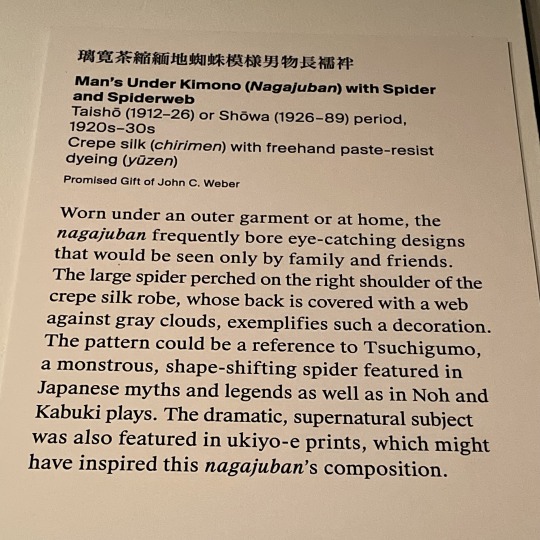
Man's Under Kimono (Nagajuban) with Spider and Spiderweb
Taisho (1912-26) or Showa (1926-89) period, 1920s-30s
Crepe silk (chirimen) with freehand paste-resist dyeing (yüzen)
The Metropolitan Museum of Art, New York
"Worn under an outer garment or at home, the nagajuban frequently bore eye-catching designs that would be seen only by family and friends. The large spider perched on the right shoulder of the crepe silk robe, whose back is covered with a web against gray clouds, exemplifies such a decoration. The pattern could be a reference to Tsuchigumo [Yōkai], a monstrous, shape-shifting spider featured in Japanese myths and legends as well as in Noh and Kabuki plays. The dramatic, supernatural subject was also featured in ukiyo-e prints, which might have inspired this nagajuban's composition."
#spider#arachnids#invertebrates#Japan#Japanese art#East Asian art#textiles#historical costume#kimono#nagajuban#Noh#Kabuki#Yōkai#Tsuchigumo#Japanese mythology#Japanese folklore#20th century art#1920s#1930s#Metropolitan Museum of Art New York#Kimono Style#exhibition#museum visit#Frock Friday#animals in art
147 notes
·
View notes
Text




Demon Pond (夜叉ヶ池), directed by Masahiro Shinoda (1979)
Kabuki camp! Yokai cosplay! Somehow this film struck a satisfying balance between riotous fun and lovelorn melancholy. I knew I was in for a wild ride when, in the beginning of the film, a village woman tries to cleanse the dust lodged in the traveler’s eye with breast milk squirted straight from her teat.
There were scenes that seemed directly culled from my dreams… the wall of water, the threatened village, the tinkle becoming glissandi in the Harp Playing Valley. It must be a primordial structure of the human psyche—that uncanny feeling you get looking at a body of water, when it appears somehow volitional, perhaps ominously so. It is dreaming. It is sentient. It is a prison… Who is held captive to these waters? A princess in love, ready to unleash her fury.
File under oneiric cinema.
#film#demon pond#夜叉ヶ池#masahiro shinoda#japanese new wave#Shochiku Studio#dreams#kabuki theatre#kabuki#avant garde#yōkai#japanese yokai
43 notes
·
View notes
Text
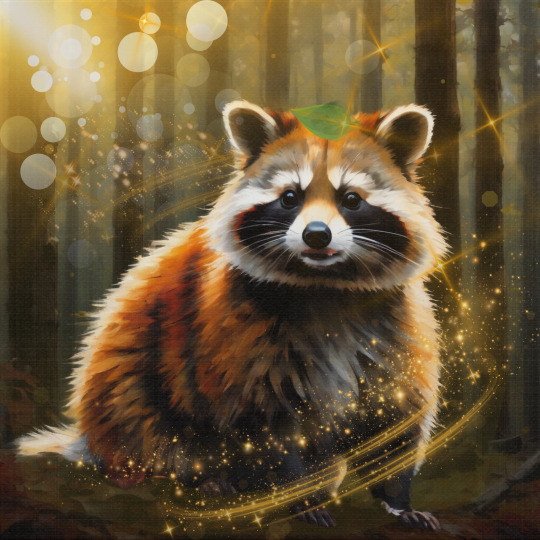
Bake-danuki (化け狸), a mischievous shape shifting Yōkai (妖怪) found in Japanese mythology, resembling a tanuki, or Japanese Racoon Dog.
#tanuki#yōkai#bake danuki#mischevious spirits#mystical beings#japanese yokai#alteredai#japanese legends#japanese folktale#japanese folklore#mythical creatures
20 notes
·
View notes
Photo
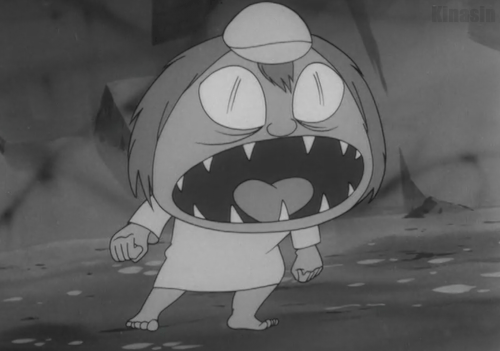
GeGeGe no Kitarō
139 notes
·
View notes
Text
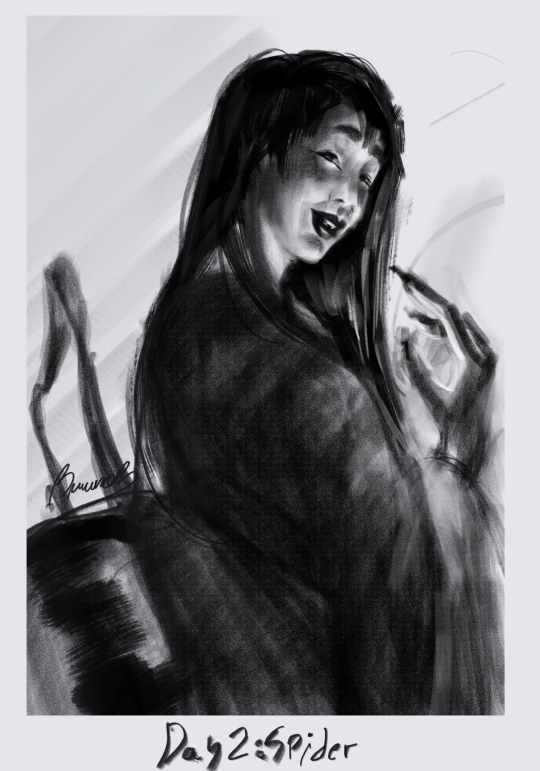
女郎蜘蛛 Taking inspo from this blog's entry illustration!
Day 02 - Spider
#earlier than yesterday ho ho ho#*toots own horn*#wish I knew more about yokai#might have to go spelunking in that blog tbh#inktober#inktober2023#inktober day 2#spider#japanese yokai#yōkai#jorōgumo#妖怪#女郎蜘蛛#my art#art
25 notes
·
View notes
Text

Tomiyuki Kaneko — Akayama Earth Dragon (mineral pigments, ink, transparent watercolor, acrylic, pen, shell powder, foil, 2018)
1K notes
·
View notes
Text

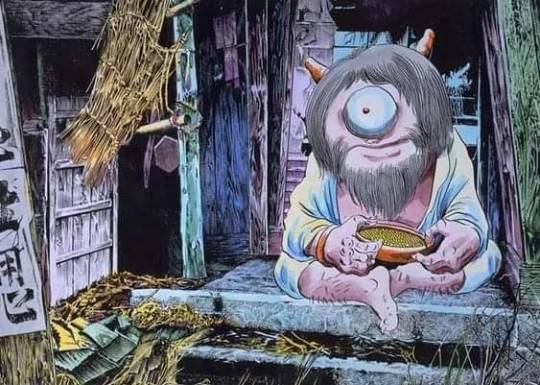


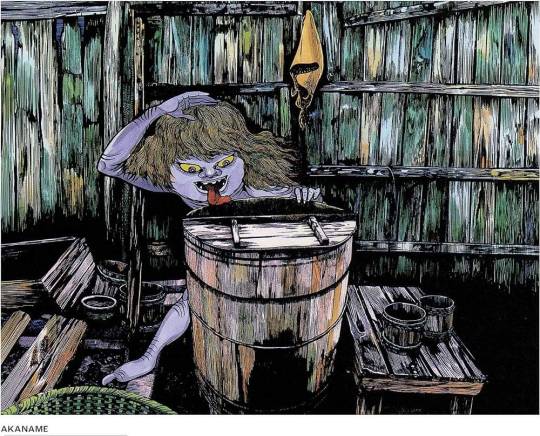





Shigeru Mura (Japanese: 武良 茂, Hepburn: Mura Shigeru, March 8, 1922 – November 30, 2015), also known as Shigeru Mizuki (水木 しげる, Mizuki Shigeru), was a Japanese manga artist and historian. He was known for his yōkai manga such as GeGeGe no Kitarō and Akuma-kun, as well as for his war stories based on his own war manga such as Shōwa-shi.
He was born in Osaka, grew up in Sakaiminato, Tottori, then moved to Chōfu, Tokyo, where he remained until his death. His pen-name, Mizuki, comes from the time when he managed an inn called 'Mizuki Manor' while he drew pictures for kamishibai.
#mizuki shigeru#mangaka#manga#japanese folklore#yōkai#japanese manga artist#yōkai manga#japanese historian
10 notes
·
View notes
Text
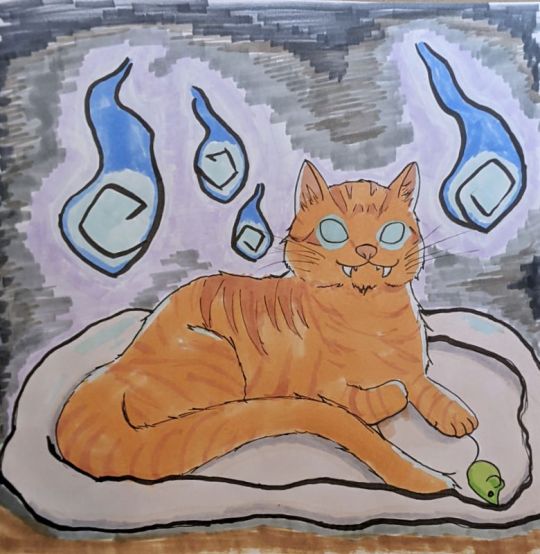
Bakeneko! This yōkai is typically said to evolve from a cat who has lived for along time, grown to an impressive size, or has a very long tail.
17 notes
·
View notes
Text
⛩️ Do you know the yōkai : KUCHISAKE-ONNA? ✂️

Kuchisake-onna (口裂け女, "Slit-Mouthed Woman") is a malevolent figure in Japanese urban legends and folklore. Described as the malicious spirit, or onryō, of a woman, she partially covers her face with a mask or other item and carries a pair of scissors. She is most often described as having long, straight, black hair, pale skin, and otherwise being considered beautiful (except for her scar). She has been described as a contemporary yōkai.
According to popular legend, she asks potential victims if they think she is beautiful. If they respond with "no", she will kill them with her long medical scissors. If they say "yes", she will reveal that the corners of her mouth are slit from ear to ear, and she will then repeat her question. If the individual responds with "no", she will kill them with her weapon, and if they say "yes", she will cut the corners of their mouth in such a way that resembles her own disfigurement. Methods that can be used to survive an encounter with Kuchisake-onna include answering her question by describing her appearance as "average", or by distracting her with money or hard candies.
According to legend, Kuchisake-onna was a woman who was mutilated during her life, with her mouth being slit from ear to ear. In some versions of the story, Kuchisake-onna was the adulterous wife or a mistress of a samurai during her life. As punishment for her infidelity, her husband sliced the corners of her mouth from ear to ear. Other versions of the tale include that her mouth was mutilated during a medical or dental procedure, that she was mutilated by a woman who was jealous of her beauty, or that her mouth is filled with numerous sharp teeth.
Author and folklorist Matthew Meyer has described the Kuchisake-onna legend as having roots dating back to Japan's Edo period, which spanned from the 17th to 19th centuries.
Rumors about Kuchisake-onna spread throughout Japan, creating hysteria to the point that young children would sometimes be accompanied by members of parent–teacher association groups while walking home from school.
Historian and manga author Shigeru Mizuki considered Kuchisake-onna to be an example of a yōkai, a term which can refer to a variety of supernatural monsters, spirits, and demons in Japanese folklore. According to Zack Davisson, a translator of many of Mizuki's works, "When Mizuki put her in one of his newest yokai encyclopedias, that's when she was officially considered a yokai."
Source: https://en.m.wikipedia.org/wiki/Kuchisake-onna
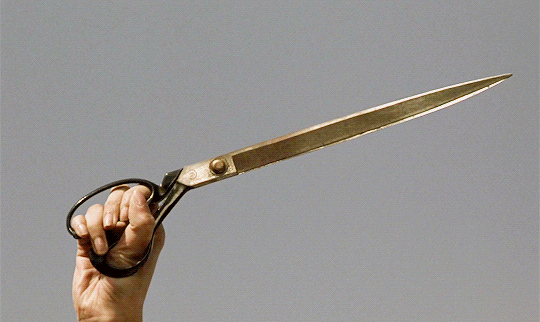
#urban legends#folklore#japanese mythology#japan#yokai monsters#yokai girl#japanese yokai#yōkai#kuchisake onna#interesting
72 notes
·
View notes

